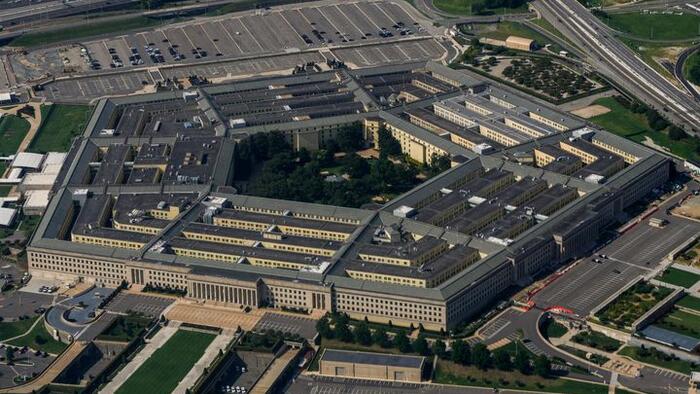The recent discovery of two highly classified intelligence documents concerning Israel’s potential retaliation against Iran has prompted a frantic investigation by the FBI and the Department of Defense. These documents appeared on a Middle East news-related Telegram channel, raising significant security concerns within the U.S. government. President Biden has expressed his “deep concern” over this serious breach, noting that an intense inquiry is underway to determine the origin of the leak and the individuals who had access to the sensitive material. As the investigation unfolds, it remains unclear whether the information was exposed through a cyber hack or by an insider with access to the documents.
The documents were produced by the U.S. National Geospatial-Intelligence Agency and the National Security Agency and are classified as “Top Secret,” with restricted distribution primarily to “Five Eyes” countries, which include Australia, Canada, New Zealand, and the United Kingdom. Currently, the White House has indicated a level of assurance that there are no additional leaked documents beyond the two already identified. As investigators work to ascertain the timeline and nature of the breach, they are focusing their efforts on the theory that an insider, rather than an external hacker, is responsible for the leak. This approach signifies a detailed and methodical response from government agencies involved in national security.
The FBI is spearheading the investigation alongside Pentagon officials and the broader intelligence community. According to sources briefed on the situation, the task force is dedicated to authenticating the leaked documents and tracing who may have had access to them in the first place. Initial findings by investigators suggest a deep dive into printed materials, as the documents appear to have been scanned from a physical briefing book. Notably, the Defense Department, along with other federal entities, maintains logs of when classified documents are printed, which could significantly narrow the list of potential suspects involved in the leak.
The situation bears resemblance to past incidents wherein individuals were caught for similar reasons. One notable example is Reality Winner, a former NSA translator who was apprehended for leaking classified information. She printed a document regarding Russian interference in the 2016 elections and anonymously sent it to a news outlet. Authorities were able to quickly trace the breach back to her because of tracking mechanisms associated with the printer used. Likewise, the current investigation could leverage technology and tracking within government systems to uncover the individual responsible for the recent leak.
Amid these developments, the Telegram channel that disseminated the documents has denied claims linking it to Iranian affiliations. This added complexity complicates the narrative around the leaks and illustrates how misinformation can spread, especially in volatile political climates. Investigators are working not only to ascertain the veracity of the documents but also to evaluate the motivations behind their release and the implications for U.S. intelligence operations and relationships in the Middle East.
As the investigation progresses, the ramifications of this breach extend beyond merely identifying the individual responsible. The integrity of the U.S. intelligence community and its methods is under scrutiny, and the outcomes may prompt broader discussions about security protocols and classified information dissemination. The government faces an urgent need to address possible vulnerabilities within its systems to prevent future breaches. The focus on insider threats reveals a heightened awareness of the challenges posed by unauthorized disclosures, threatening both operational integrity and national security.

